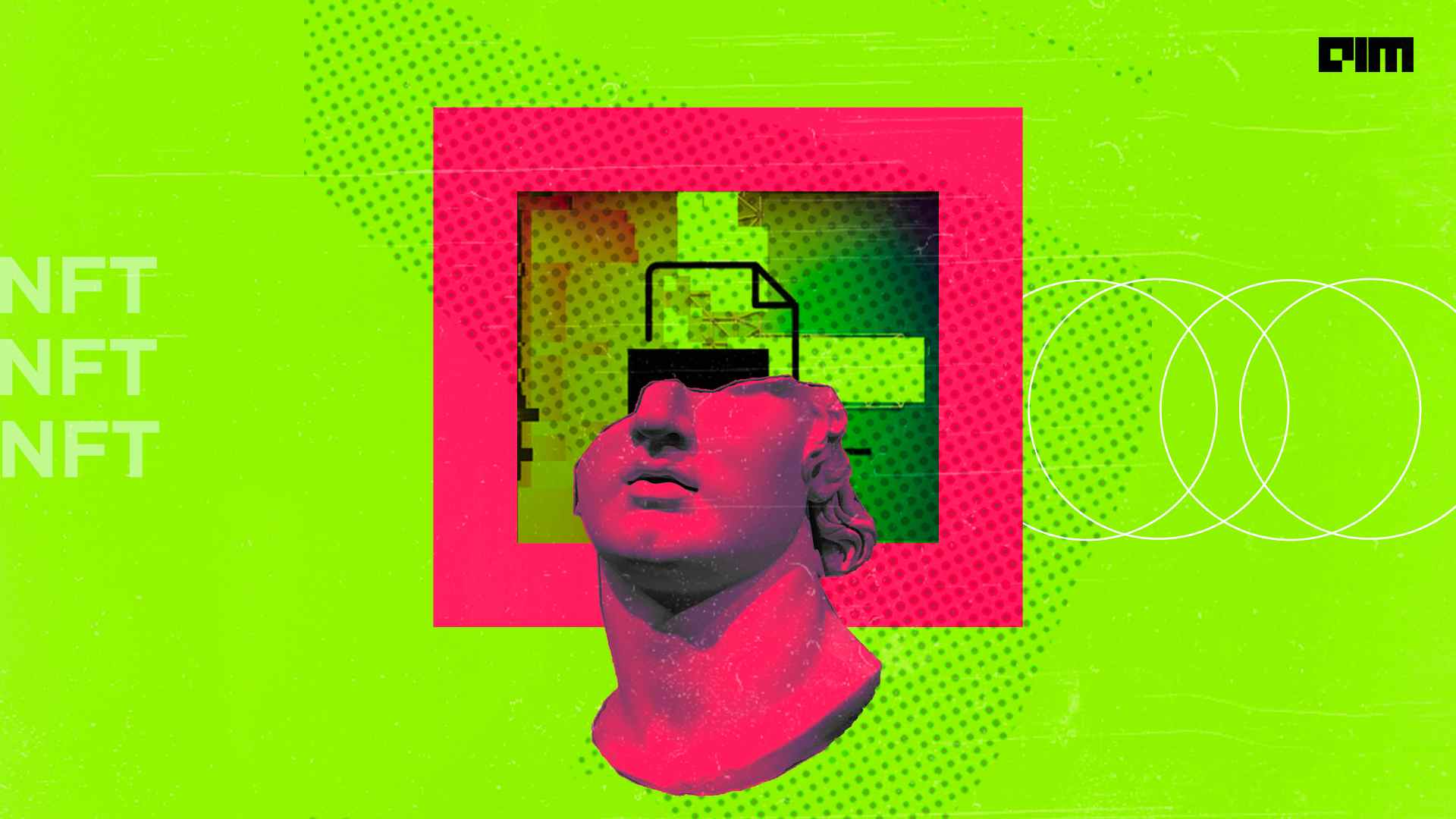NFTs minted on blockchain are carbon-intensive assets. The magnitude of damage cryptomining inflicts on the environment is astronomical.However, soon environmentally-conscious artists and musicians might revise their hard pass on NFTs as new sustainable platforms emerge.
While the new platforms don’t have the same volume as their Ethereum-based counterparts (and for this reason, are likely to have fewer collectors and lead to fewer sales), the hope is that, as more artists migrate to ecologically friendly and transparent platforms, developers, investors, and collectors will follow suit.
Bubblehouse (the first NFT marketplace for digital artists) and OneOf (which is aimed specifically at musicians and their fans) are two such upcoming platforms.
Bubblehouse
In December last year, Bubblehouse announced itself as the first carbon-neutral NFT marketplace.
The platform is built on the Indian-founded, eco-friendly blockchain startup Polygon—which is 84810x more energy-efficient than Ethereum. For context: Creating an NFT on Ethereum is equivalent to sending 20,750 emails, as opposed to Bubblehouse 2.5 emails.
According to Arjun Kalsy, VP of growth at Polygon, “Bubblehouse and Polygon, together, will neutralize not only Bubblehouse’s carbon impact but the entire Polygon blockchain for the next year with less than USD 10,000 in carbon offsets.”
The platform also makes it easier for people without crypto-expertise to buy and sell digital collectibles.
Bubblehouse is the first NFT platform to offer a social, interactive feed in which people can see what their friends and favorite celebrities are collecting in real time.
Furthermore, unlike in most NFT marketplaces, creators on Bubblehouse won’t have to pay a gas fees to turn their artwork into NFTs: they can turn their work into NFTs for free with a single click.
Collectors, too, don’t have to figure out the complexities of crypto-wallets and cryptocurrencies to purchase the works, and are given the option to buy NFTs with standard payment methods.
OneOf
Quincy Jones helped introduce OneOf last May, with big stars like Doja Cat and Charlie Puth signing up on the platform. The platform hopes to provide a cheaper, more eco-friendly alternative to NFT marketplaces for music lovers.
So, today @DojaCat launched her very first NFT on @OneOfNFT. This is of course a self-serving tweet — but everything I’m about to say is true. I want to make sure the #Kittenz realize that they can be a part of this drop without a guilty conscience. 1. Because we built OneOf on
— Adam Alika Fell (@fellzy) September 9, 2021
OneOf, built using Tezos blockchain, takes the energy of one tweet to mint an NFT. Whereas, Ethereum consumes two days’ worth of an average American household’s power consumption to mint one.
OneOf is also donating 5 percent of its revenue to a charity of the artist’s choice and is partnered with projects that aim to conserve the environment.
Like Bubblehouse, OneOf requires don’t charge minting fees on creators—and will also accept credit card payments from its shoppers.
Adam Fell, one of the co-founders of the platform, believes no gas fees means “the artists can sell NFTs at any price. It doesn’t matter if the artist sells one NFT for a million dollars or a million NFTs for a dollar— and the latter is oftentimes much better for some artists, especially artists that are just starting.”
Unlike music labels, the platform will not own this artwork, and (according to Fell) will make these deals “extremely flexible.”
Carbon footprint
A few ways in which NFT platforms can improve sustainability include:
- Lazy minting: Meaning an NFT should not be created until its first purchase has been made.
- Interoperability: Making blockchain ecosystems more compatible—allowing you to move from Ethereum to a less harmful chain without loss of the data.
- Instead of Ethereum, use less energy-consuming blockchains such Polygon, Tezos, Algorand, Hedera Hashgraph, and other PoS networks.
Eco-friendly NFT marketplaces
- Kalamint: A curated marketplace for digital art, built on the blockchain Tezos.
- KodaDot : An open marketplace for all sorts of digital collectibles, built on the blockchain Kusama.
- Viv3: An open marketplace for digital art, built on the blockchain Flow.
- Paras: A curated marketplace for digital art cards, built on the blockchain NEAR.











































































